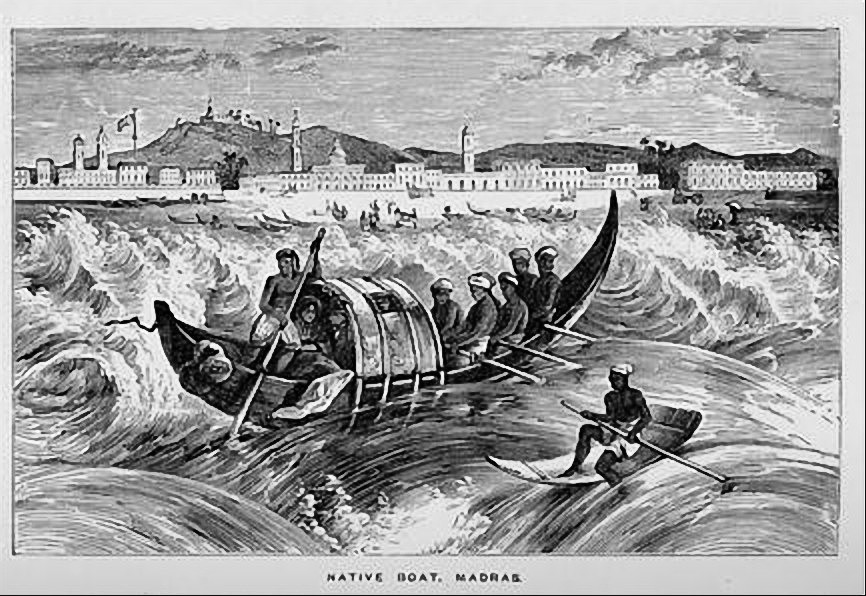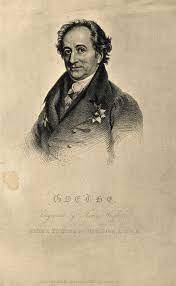When I was but a little child, I had already a strong desire to see the world. Whenever I met a travelling-carriage, I would stop involuntarily, and gaze after it until it had disappeared; I used even to envy the postilion, for I thought he also must have accomplished the whole long journey.
Pfeiffer, Ida (1852). Visit to Iceland and the Scandinavian North. London: Ingram.

Pfeiffer Ida (w2374)
- Alias-Pseudonimo-Pseudonyme: -
- Nationality-Nazionalità-Nationalité: Austria
- Birth/death-Nascita/morte-Naissance/mort: 1797-1858
- Means of transport-Mezzo di trasporto-Moyen de transport: Various, Diversi, Différents
- Geographical description-Riferimento geografico-Référence géographique: Around the World, Giro del mondo, Tour du monde
- Internet: Visit Website
- Wikidata: Visit Website
- Additional references-Riferimenti complementari-Références complémentaires: Scatamacchia C., Nellie Bly: Un'avventurosa giornalista e viaggiatrice americana dell'Ottocento, Perugia : Morlacchi Editore, 2002.
Hits: 11666

 English
English  Italiano
Italiano  Français
Français  Deutsch
Deutsch 